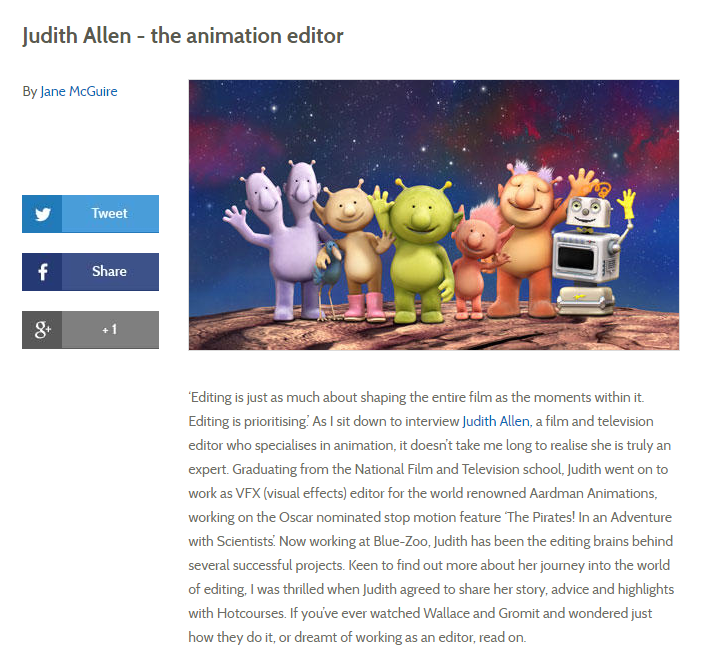“My guy flies,” said Davy O’Dowd. “That I know.”
Joe shot a look at Sammy, who clapped a hand to his forehead.
“Oy,” he said.
“What?”
“He flies, huh?”
“Something wrong with that? Frank says this is all about wishful figments.”
“Huh?”
“Wishful figments. You know, like it’s all what some little kid wishes he could do. Like for you, hey, you don’t want to have a gimpy leg no more. So, boom, you give your guy a magic key and he can walk.”
“Huh.” Sammy had not chosen to look at the process of character creation in quite so stark a manner. He wondered what other wishes he might have subsumed unknowingly into the character of lame Tom Mayflower.
“I always wished I could fly,” Davy said. “I guess a lot of guys must have wished that.”
“It’s a common fantasy, yeah.” “It seems to me that makes it something you can’t have too many of,” Jerry Glovsky put in.
“All right, then, so he can fly.” Sammy looked at Joe. “Joe?”
Joe glanced up briefly from his work. “Why.”
“Why?” Sammy nodded. “Why can he fly? Why does he want to? And how come he uses his power of flight to fight crime? Why doesn’t he just become the world’s best second-story man?”
Davy rolled his eyes. “What is this, comic book catechism? I don’t know.”
“Take one thing at a time. How does he do it?”
“I don’t know.”
“Stop saying you don’t know.”
“He has big wings.”
“Think of something else. A rocket pack? Antigravity boots? An autogyro hat? Mythological powers of the winds? Interstellar dust? Blood transfusion from a bee? Hydrogen in his veins?”
“Slow down, slow down,” Davy said. “Jesus, Sam.”
“I’m good at this shit. Are you scared?”
“Just embarrassed for you.” “Take a number. Okay, it’s a fluid. An antigravity fluid in his veins, he has this little machine he wears on his chest that pumps the stuff into him.”
“He does.”
“Yeah, he needs the stuff to stay alive, see? The flying part is just a, like an unexpected side benefit. He’s a scientist. A doctor. He was working on some kind of, say, artificial blood. For the battlefield, you know. Synth-O-Blood, it’s called. Maybe it’s, shit, I don’t know, maybe it’s made out of ground-up iron meteorites from outer space. Because blood is iron-based. Whatever. But then some criminal types, no, some enemy spies, they break into his laboratory and try to steal it. When he won’t let them, they shoot him and his girl and leave them for dead. It’s too late for the girl, okay, how sad, but our guy manages to get himself hooked up to this pump thing just before he dies. I mean, he does die, medically speaking, but this stuff, this liquid meteorite, it brings him back from the very brink. And when he comes to—”
“He can fly!” Davy looked happily around the room.
“He can fly, and he goes after the spies that killed his girl, and now he can really do what he always wanted to, which was help the forces of democracy and peace. But he can never forget that he has a weakness, that without his Synth-O-Blood pump, he’s a dead man. He can never stop being … being …” Sammy snapped his fingers, searching for a name.
“Almost Dead Flying Guy,” suggested Jerry.
“Blood Man,” said Julie.
“The Swift,” Marty Gold said. “Fastest bird in the world.”
“I draw really nice wings,” said Davy O’Dowd. “Nice and feathery.”
“Oh, all right, damn it,” Sammy said. “They can just be there for show. We’ll call him the Swift.”
“I like it.”
“He can never stop being the Swift,” Sammy said. “Not for one goddamned minute of the day.” He stopped and rubbed his mouth with the back of his hand. His throat was sore and his lips were dry and he felt as if he had been talking for a week. Jerry, Marty, and Davy all looked at one another, and then Jerry got down from his stool and went into his bedroom. When he came out, he was carrying an old Remington typewriter.
“When you’re done with Davy’s, do mine,” he said.
